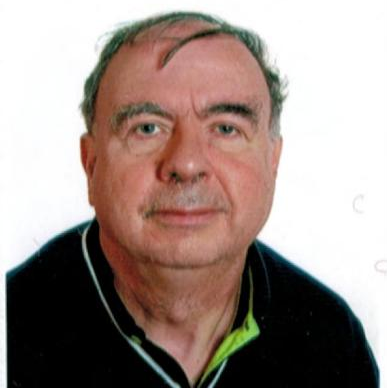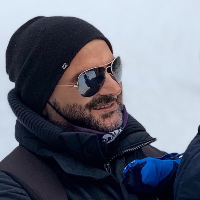Preprint
Article
Multispectral Pansharpening with Radiative Transfer-Based Detail-Injection Modeling for Preserving Changes in Vegetation Cover
Altmetrics
Downloads
422
Views
363
Comments
0
A peer-reviewed article of this preprint also exists.
This version is not peer-reviewed
Submitted:
09 May 2018
Posted:
09 May 2018
You are already at the latest version
Alerts
Abstract
Whenever vegetated areas are monitored over time, phenological changes in land cover should be decoupled from changes in acquisition conditions, like atmospheric components, sun and satellite heights, and imaging instrument. This especially holds when the multispectral (MS) bands are sharpened for spatial resolution enhancement by means of a panchromatic (Pan) image of higher resolution, a process referred to as pansharpening. In this paper, we provide evidence that pansharpening of visible/near-infrared (VNIR) bands takes advantage from a correction of the path radiance term introduced by the atmosphere, during the fusion process. This holds whenever the fusion mechanism emulates the radiative transfer model ruling the acquisition of the Earth’s surface from space, that is, for methods exploiting a multiplicative, or contrast-based, injection model of spatial details extracted from the panchromatic (Pan) image into the interpolated multispectral (MS) bands. The path radiance should be estimated and subtracted from each band before the product by Pan is accomplished. Both empirical and model-based estimation techniques of MS path radiances are compared within the framework of optimized algorithms. Simulations carried out on two GeoEye-1 observations of the same agricultural landscape at different dates highlight that the de-hazing of MS before fusion is beneficial for an accurate detection of seasonal changes in the scene, as measured by the normalized differential vegetation index (NDVI).
Keywords:
Subject: Engineering - Electrical and Electronic Engineering
Copyright: This open access article is published under a Creative Commons CC BY 4.0 license, which permit the free download, distribution, and reuse, provided that the author and preprint are cited in any reuse.
MDPI Initiatives
Important Links
© 2024 MDPI (Basel, Switzerland) unless otherwise stated









